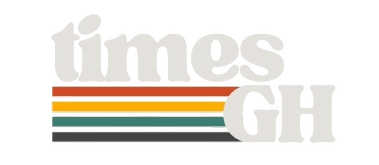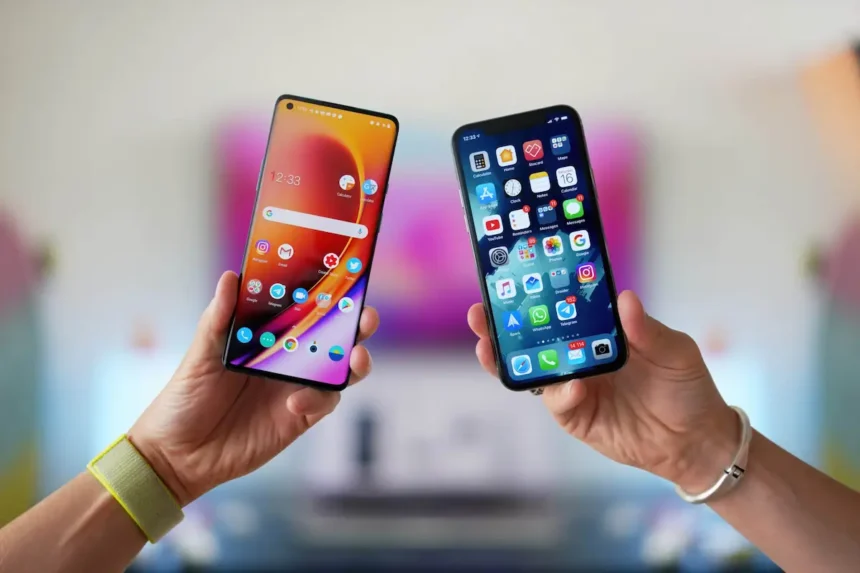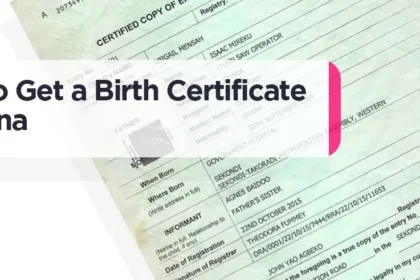Whether you love iPhone or hate it, it has become the most popular smartphone option in the United States. Some sources suggest that over half of the U.S. population use the iPhone, and that preference climbs to 76% when focusing on Gen Z alone, according to Bloomberg Intelligence.
Despite Apple’s notoriety for having expensive, restrictive hardware, something about the iPhone lineup clearly speaks enough to consumers to get them to make the switch.
When compared to Android, Apple typically wins in ease of use, its ecosystem benefits, and strong privacy. But there’s one more reason to add to that list.
- Bear – Take beautiful Markdown notes
“Another writing app?” you might be thinking. That’s right. Apple is often the go-to platform for writers—just ask Stephen King. Thanks to Apple’s tightly integrated ecosystem, having an iPhone version of your favorite Mac app means you can keep your creativity flowing even when you’re away from your desk.
One great recommendation is Bear. Like other apps, Bear uses Markdown, but with a twist: it hides the Markdown formatting, allowing you to enjoy its benefits without the clutter. Bear also follows a “write first, organize later” approach, replacing traditional folder structures with hashtags. Simply add a hashtag anywhere in your note, and selecting that tag in the sidebar will show all related notes.
Bear offers more than just smart organization. It supports adding images, drawings, and exporting notes in various formats, along with customizable themes to suit your personal style.
Compared to apps like Ulysses, Bear is more lightweight and minimalist, with fewer features, making it perfect for note-taking or even longer writing projects. While Ulysses requires a subscription, Bear has a free tier, with a Pro option for $30 per year that unlocks additional export formats, themes, and iCloud syncing.
2. Find My – find everything that you can track
Google is making strides with its Find My Device network, gradually catching up to Apple’s Find My feature, but it still has some ground to cover. What I love about Find My is that it serves as a comprehensive hub for tracking almost anything.
Most Apple devices can now be tracked, which is incredibly useful whether you’ve misplaced a device or it has been stolen. Find My allows supported devices, such as AirPods, to play a sound for easy location or to enter Lost Mode (like an iPhone), enabling a Good Samaritan to identify you and assist in returning your item.
For non-Apple devices or other important belongings, you can use an AirTag. One of my favorite features of Find My is location sharing with friends and family. It’s simple to automatically share your location with everyone in your group, allowing them to stay updated without waiting for your messages.
On Android, the best alternative is often a third-party app that typically requires a paid subscription and comes with some trust issues. You need to be cautious about using an app that tracks your location constantly, as there’s always a risk of your data being sold or misused. In contrast, Find My is free to use and aligns with Apple’s commitment to industry-leading privacy practices.
3. Apple Notes – well-rounded, reliable notes
Apple Notes is simply the best—there, I said it. While there are countless note-taking apps available, most seem to have some sort of drawback. Notion doesn’t work offline, Google Keep is riddled with bugs, and Evernote is plagued with issues.
In my opinion, Apple Notes provides the most feature-rich and consistent experience on the iPhone. The formatting options are straightforward, the hierarchical folder organization is excellent, and the app supports handwritten or drawn notes exceptionally well. Security is robust, especially with Advanced Data Protection enabled, and collaborating on shared notes is seamless.
In my experience, Apple Notes loads quickly, syncs efficiently, and rarely encounters bugs or errors. Each year, it continues to improve, like with the new transcription and collapsible headings features introduced in iOS 18.
However, it’s not without its flaws. My biggest complaint is that while Apple allows you to access Apple Music and Apple TV on other platforms, Notes is limited to a web portal. I’ve tried using the web portal, and I can only give it two big thumbs down.
It often loads slowly, if at all, and requires a full two-factor authentication sign-in every time (at least with Advanced Data Protection enabled), even on trusted devices. So if you’re using a Windows PC or an Android tablet, you might want to think twice before committing to Apple Notes.
4. FaceTime – Video Chat
Sure, another proprietary Apple app, but hear me out. FaceTime may not offer much that other video calling apps can’t, but it does have some standout features. You can easily hand off a FaceTime call to another Apple device, use physical gestures to trigger reactions, and even watch supported streaming services with friends across long distances.
However, the biggest reason to love FaceTime is the exceptional call quality. The video is so crystal clear that you can see every pore on someone’s face—a level of detail I’ve never experienced on Google Duo, WhatsApp, or Telegram. It may seem like a minor detail, but it speaks volumes about the service’s reliability.
I also appreciate the seamless integration with the Apple ecosystem. Switching from an iMessage call to a FaceTime call is effortless, and connecting to a larger screen via Apple TV is a breeze.
If someone doesn’t answer, you can leave a video message, essentially giving you a visual answering machine. The addition of spatial audio makes the calls feel much more immersive, almost as if you’re actually there with the other person.
There are so many thoughtful features, and it’s incredibly easy to use. Plus, FaceTime is gradually expanding beyond the Apple ecosystem. I once initiated a FaceTime call by sharing a link, and while the video quality wasn’t award-winning, it worked flawlessly.
5. Measure – ruler-free measurements of anything
Need to size up something, but don’t have a tape measure or ruler on hand? The Apple Measure app comes standard with the iPhone to get convenient, rough measurements of just about anything. Using augmented reality via your iPhone’s camera, you draw out a digital ruler by moving your phone from one end of the object to another.
It works for measuring the length of multiple edges and can sometimes automatically measure detected objects, like a rectangle. Edge guides will appear on screen whenever it detects long, straight lines like a countertop. It automatically saves all of your measurements for a session so you can reference them with new ones or keep them for later.
Of course, Measure is not going to be a 100% accurate reading. Use this to get a rough idea, not the final word, before clicking “buy” on those new curtains. However, Pro devices that have a LiDAR sensor (iPhone 12 Pro and later) will provide more accurate measurements that are going to be a lot closer to reality than the AR-only guesses of non-Pro devices.
There are a few little bonus features here, too. For example, you can figure out someone’s height by putting their whole body in frame; perfect for making sure that guy who said he was 6′ in his dating profile actually meets muster.










